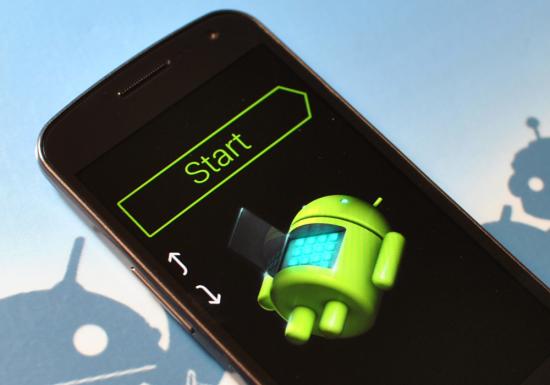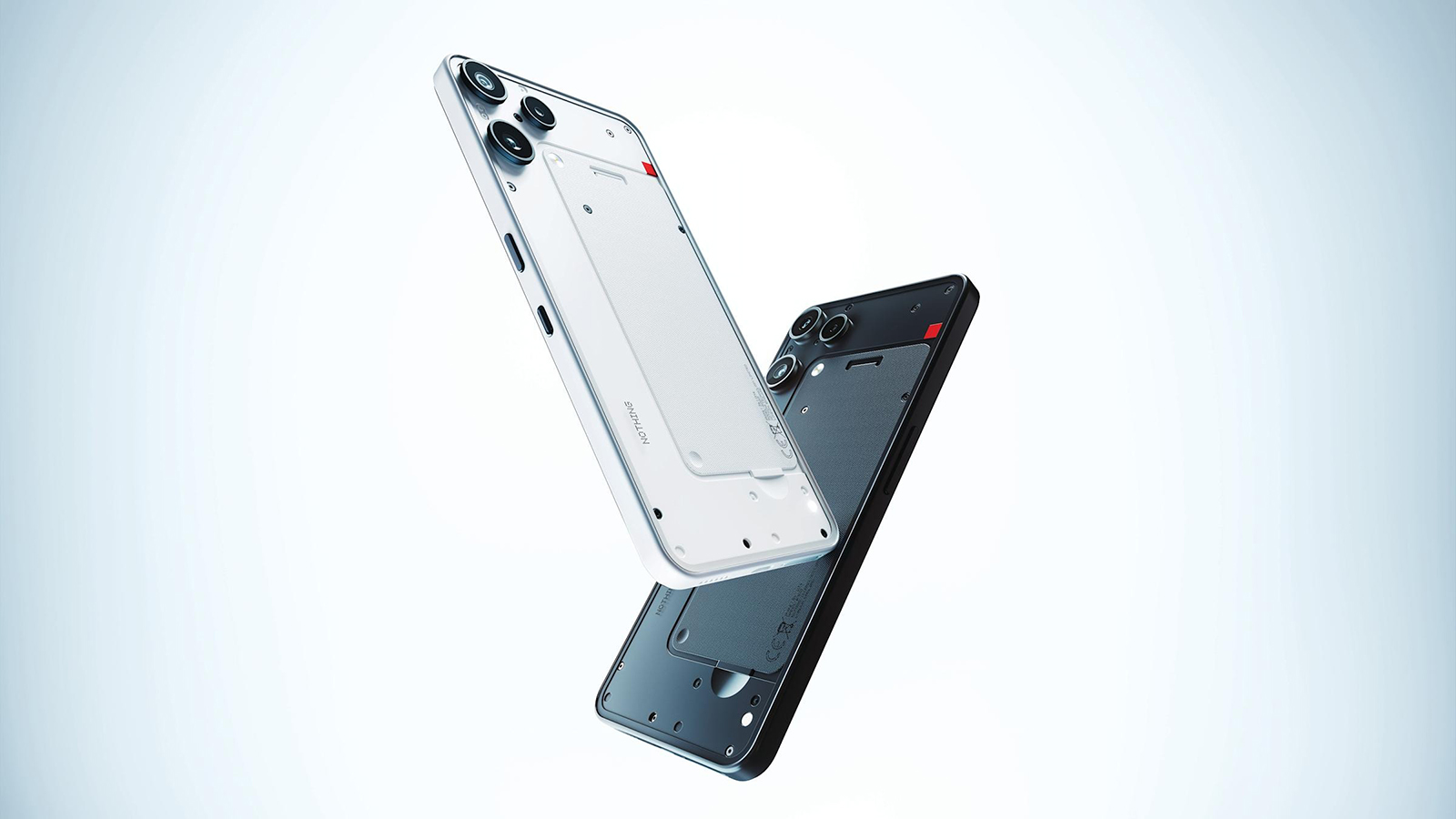Four ways Android is doing exactly what it's supposed to do

You say tomato, I say tomahto. You say potato, I say potahto. And that's where we stand on the state of Android, at least compared to Mark Spoonauer of Laptopmag. Mark, whose opinion we certainly respect, tonight in a "Spoon Fed" blog post titled "Why Android is broken," highlights four reasons why he believes Android is "more vulnerable than ever," despite activating more than 700,000 devices a day.
So is Android really doomed? At the rate it's been growing, can it be doomed? Let's break down Mark's points.
"Amazon hijacking tablet sales"
No doubt about it, the Amazon Kindle Fire undoubtedly has grabbed a good share of the Android tablet market, especially over the holidays. Amazon's yet to give actual numbers, but hopefully that'll change on the Jan. 31 earnings call. But the numbers don't matter here. Anything positive for the Kindle Fire is positive for Android. Yes, even though Amazon has taken Android and basically stripped all of Google out of it, even going so far as to hijack search results to the Android Market. (And perhaps that means turnabout is fair play?)
When Google, a long time ago in a galaxy far away, decided to open-source Android, it knew this would happen. It counted on it. And millions of Kindle Fires means millions of Google searches. Amazon, with Android on the Kindle Fire, is doing exactly what Google intended.
"Google is fragmenting its own platform"
Fragmentation is everyone's -- ask around, we do mean "everyone" -- favorite argument against Android. Mark argues that "while ICS shares some UI elements across handsets and slates ... Google doesn’t go far enough," mainly that notifications are in a different location on tablets than on smartphones, as is the button to access the app drawer. Fair point. But that's a UI problem, not a platform problem. And it's certainly arguable that the Android UI on a smartphone doesn't have to be exactly the same as a UI on a tablet. In fact, the Android tablet UIs over the past 12 months have been more consistent than the phone UIs of the past couple years, and it wouldn't surprise us to see the smaller devices shift toward that consistency.
Get the latest news from Android Central, your trusted companion in the world of Android
There are UI issues that Google still needs to solve. (Hell, there are always UI issues to be solved. Interface design is art, not science. It can always get better.) And it will get better. The fact that the app drawer button is in a different location and that notifications have been moved in tablets versus smartphones does not doom Android as a platform. In fact, that a 10-inch device is able to run the same operating system as a 7-inch device or a 4-inch device (or a 1.6-inch device) with a different user interface is exactly what Google intended.
"UI skins are out of control"
They've run amok! They're out to get us! OK, maybe it's not that bad. Mark posits that the UI "skin" (we still don't like calling them that -- it's really more of a framework) and lack of a search button makes the LG Spectrum less usable and more unfriendly than, Mark says, the TouchWiz UI on the Samsung Galaxy S II. Thing is, the LG UI basically looks like someone sneaked into Samsung's offices late at night and borrowed more than a bit of code. And this isn't new. Look all the way back at our August 2010 LG Optimus Z review. You'll see what we mean.
Mark bemoans the differences between one UI and the next. But this isn't really a problem for smartphone civilians. It's a complaint of smartphone reviewers. Are UIs out of control? Nah. They're exactly what Google intended. (Though which UI is the "best" is certainly open to debate, as it should be.)
"Google+ is getting rammed down users' throats"
We addressed this one some on our podcast last week. Whereas the answer to every question about Android (or any of Google's products) used to be "It's about search, stupid," it's now split between search and Google+ (which ultimately leads back to search). There's certainly a discussion to be had about the way Google's going about introducing users to Google+. But we wouldn't call Google's inclusion of Google+ and Instant Upload of images to the cloud a reason Android is broken. It's not a bug. It's most definitely a feature. And it's hardly the only app that does so. To wit: PhotoCloud, Photo Auto Uploader, Photobuck Mobile and Picasa Auto Uploader, to name but a few. Such sharing features are built into Android as intents, so that any app can hook into them via the share menu.
(And Google Talk hasn't been pulled from the Android Market -- it was never there in the first place. Hell, if you don't have Google Talk, you also don't have the Android Market.)
No, Google+ is now at the center of Google's overall strategy. And Google+ is at the center of Google's Android experience. It's doing exactly what Google intends it to do.
Perhaps you've noted a theme here. There's lots to be debated about Android. There are lots of decisions that carriers and manufacturers make in regards to UIs and features that we don't necessarily like -- And you know what? Google might not think much of them, either. But that's not the point. When you've got an an openy and embedded operating system such as Android, you've got to take the good with the bad. It's what makes Android what it is -- and what's propelled it to see more than 700,000 activations a day.

